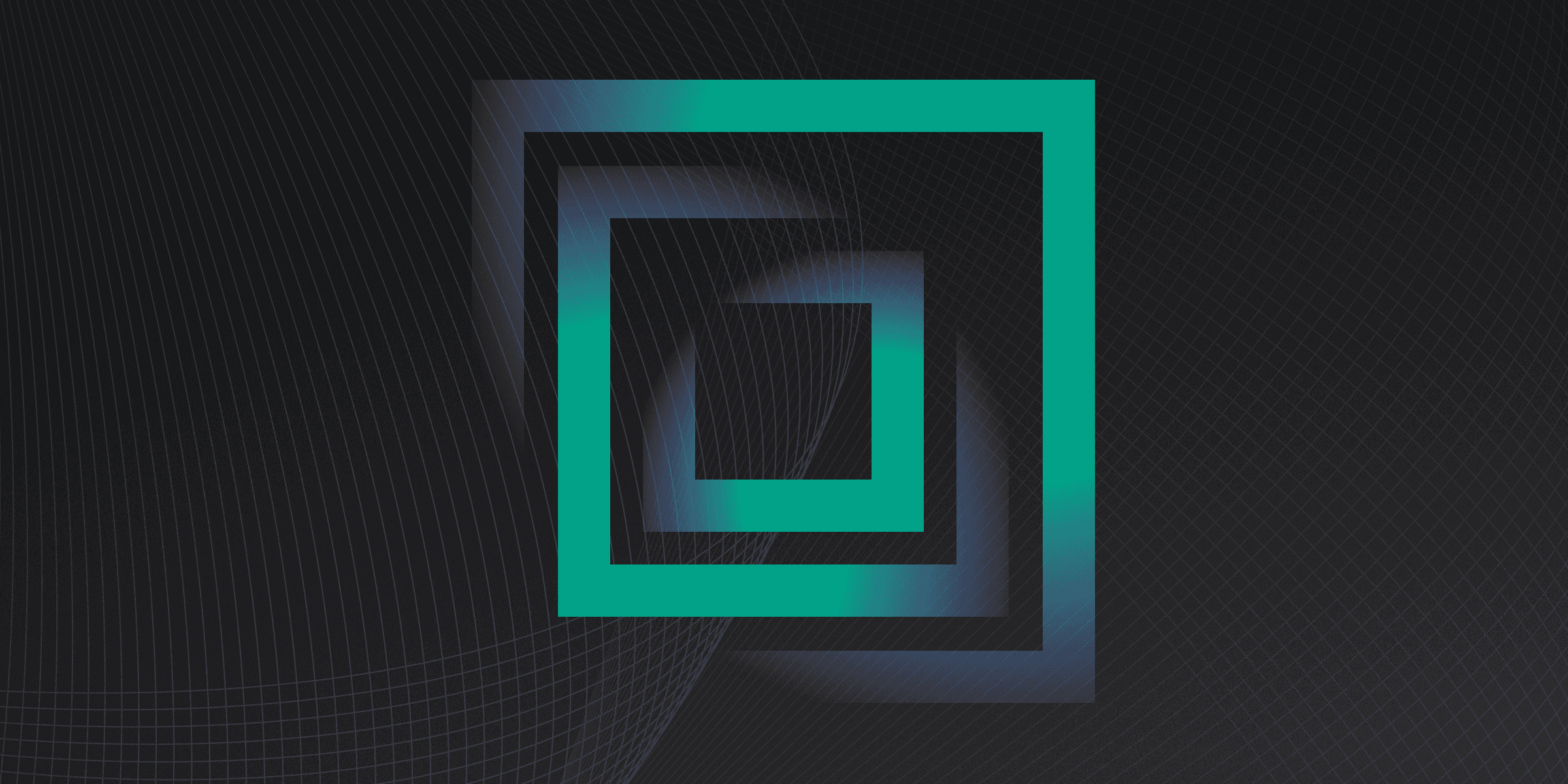What is IIoT?
Twingate Team
•
Aug 15, 2024

The Industrial Internet of Things (IIoT) connects sensors, instruments, and devices to industrial applications, enhancing productivity, efficiency, and data accessibility in various sectors.
Key Benefits of IIoT
The Industrial Internet of Things (IIoT) offers numerous advantages that can transform industrial operations. By integrating advanced technologies, IIoT enhances efficiency, productivity, and decision-making processes.
Data Insights: Real-time data collection and analysis improve operational visibility.
Predictive Maintenance: Anticipates equipment failures, reducing downtime and costs.
Energy Efficiency: Optimizes energy usage, leading to significant cost savings.
Quality Control: Enhances product quality through better monitoring and data analysis.
Challenges in Implementing IIoT
Implementing IIoT comes with several challenges that organizations must navigate.
Scalability: Traditional models struggle to adapt to new IIoT architectures.
Interoperability: Ensuring different devices and systems work together seamlessly.
High Costs: Extensive security measures and ongoing maintenance are expensive.
IIoT vs. IoT: Understanding the Difference
Understanding the difference between IIoT and IoT is crucial for leveraging their unique benefits.
Scope: IIoT focuses on industrial applications, integrating sensors and devices with industrial control systems, while IoT broadly connects consumer devices for general information sharing.
Security: IIoT requires stringent security measures due to the critical nature of industrial operations, whereas IoT security focuses on protecting personal data and consumer privacy.
Future Trends in IIoT Technology
Future trends in IIoT technology are set to revolutionize industrial operations. The integration of AI and machine learning will enhance predictive maintenance and operational efficiency. Additionally, the convergence of IT and OT will drive greater system automation and optimization.
Security will remain a critical focus, with advancements in cyber-risk assessment and network segmentation. The adoption of cloud computing and edge technologies will further streamline data management and scalability, ensuring robust and efficient IIoT systems.
Rapidly implement a modern Zero Trust network that is more secure and maintainable than VPNs.
What is IIoT?
Twingate Team
•
Aug 15, 2024

The Industrial Internet of Things (IIoT) connects sensors, instruments, and devices to industrial applications, enhancing productivity, efficiency, and data accessibility in various sectors.
Key Benefits of IIoT
The Industrial Internet of Things (IIoT) offers numerous advantages that can transform industrial operations. By integrating advanced technologies, IIoT enhances efficiency, productivity, and decision-making processes.
Data Insights: Real-time data collection and analysis improve operational visibility.
Predictive Maintenance: Anticipates equipment failures, reducing downtime and costs.
Energy Efficiency: Optimizes energy usage, leading to significant cost savings.
Quality Control: Enhances product quality through better monitoring and data analysis.
Challenges in Implementing IIoT
Implementing IIoT comes with several challenges that organizations must navigate.
Scalability: Traditional models struggle to adapt to new IIoT architectures.
Interoperability: Ensuring different devices and systems work together seamlessly.
High Costs: Extensive security measures and ongoing maintenance are expensive.
IIoT vs. IoT: Understanding the Difference
Understanding the difference between IIoT and IoT is crucial for leveraging their unique benefits.
Scope: IIoT focuses on industrial applications, integrating sensors and devices with industrial control systems, while IoT broadly connects consumer devices for general information sharing.
Security: IIoT requires stringent security measures due to the critical nature of industrial operations, whereas IoT security focuses on protecting personal data and consumer privacy.
Future Trends in IIoT Technology
Future trends in IIoT technology are set to revolutionize industrial operations. The integration of AI and machine learning will enhance predictive maintenance and operational efficiency. Additionally, the convergence of IT and OT will drive greater system automation and optimization.
Security will remain a critical focus, with advancements in cyber-risk assessment and network segmentation. The adoption of cloud computing and edge technologies will further streamline data management and scalability, ensuring robust and efficient IIoT systems.
Rapidly implement a modern Zero Trust network that is more secure and maintainable than VPNs.
What is IIoT?
Twingate Team
•
Aug 15, 2024

The Industrial Internet of Things (IIoT) connects sensors, instruments, and devices to industrial applications, enhancing productivity, efficiency, and data accessibility in various sectors.
Key Benefits of IIoT
The Industrial Internet of Things (IIoT) offers numerous advantages that can transform industrial operations. By integrating advanced technologies, IIoT enhances efficiency, productivity, and decision-making processes.
Data Insights: Real-time data collection and analysis improve operational visibility.
Predictive Maintenance: Anticipates equipment failures, reducing downtime and costs.
Energy Efficiency: Optimizes energy usage, leading to significant cost savings.
Quality Control: Enhances product quality through better monitoring and data analysis.
Challenges in Implementing IIoT
Implementing IIoT comes with several challenges that organizations must navigate.
Scalability: Traditional models struggle to adapt to new IIoT architectures.
Interoperability: Ensuring different devices and systems work together seamlessly.
High Costs: Extensive security measures and ongoing maintenance are expensive.
IIoT vs. IoT: Understanding the Difference
Understanding the difference between IIoT and IoT is crucial for leveraging their unique benefits.
Scope: IIoT focuses on industrial applications, integrating sensors and devices with industrial control systems, while IoT broadly connects consumer devices for general information sharing.
Security: IIoT requires stringent security measures due to the critical nature of industrial operations, whereas IoT security focuses on protecting personal data and consumer privacy.
Future Trends in IIoT Technology
Future trends in IIoT technology are set to revolutionize industrial operations. The integration of AI and machine learning will enhance predictive maintenance and operational efficiency. Additionally, the convergence of IT and OT will drive greater system automation and optimization.
Security will remain a critical focus, with advancements in cyber-risk assessment and network segmentation. The adoption of cloud computing and edge technologies will further streamline data management and scalability, ensuring robust and efficient IIoT systems.
Solutions
Solutions
The VPN replacement your workforce will love.
Solutions